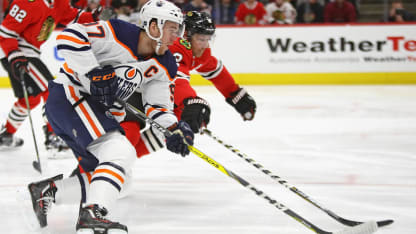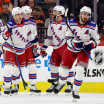Last season: 44-32-6, 94 points, one point out of second wild card
How it ended: The Blues went 1-4-1 in their final six games to miss the playoffs for the first time in seven seasons.
Biggest offseason change:The Blues invested big in center depth, acquiring Ryan O'Reilly in a trade from the Buffalo Sabres and signing unrestricted free agent Tyler Bozak. O'Reilly is a four-time 20-goal scorer who should benefit from a change in scenery after three seasons in Buffalo, and Bozak was a productive player who showed he could skate anywhere in the lineup during nine seasons with the Toronto Maple Leafs. With Brayden Schenn, O'Reilly, Bozak and top prospect Robert Thomas, center has become a position of strength in St. Louis. The Blues also added secondary scoring with the signings of forwards
Patrick Maroon
(one-year contract), who scored 27 goals two seasons ago with the Edmonton Oilers and 17 last season with the Oilers and New Jersey Devils, and David Perron (four-year contract), who had an NHL career-high 66 points (16 goals, 50 assists) with the Vegas Golden Knights last season.
Why they could get in:The Blues could be an offensive juggernaut after they scored 223 goals last season, 24th in the NHL. Schenn, Vladimir Tarasenko and Jaden Schwartz could score 90 goals between them. O'Reilly, who coach Mike Yeo said will get a chance to play center on a line with Tarasenko, is motivated to show what he can do on a team with playoff hopes, and Maroon, a St. Louis native, is out to earn a long-term contract with his hometown team. If goalie Jake Allen plays more like he did in his first 26 games of last season (17-6-2, 2.53 goals-against average, .913 save percentage) rather than his final 33 (10-19-1, 2.93 GAA, .900 save percentage), the Blues could challenge for a top-three spot in the Central Division.


















